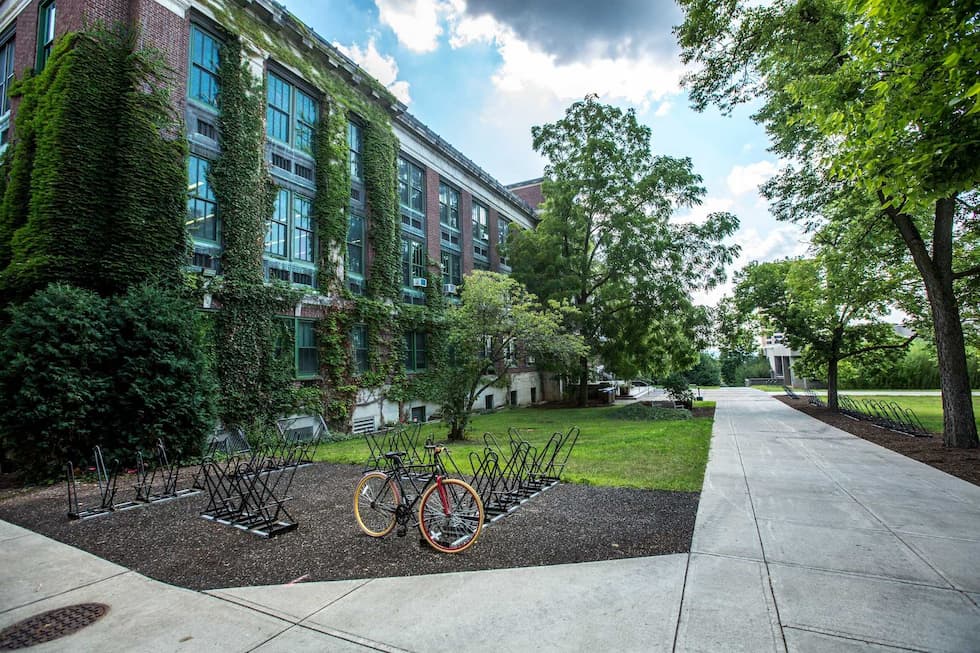
Flow measurement within university campuses is necessary for general energy and flow measurement, energy audits and water sustainability efforts. Metering helps facility operators understand energy use and system performance so they can optimize operations and boost sustainability.
One Midwestern university sought flow measurement solutions as part of a larger Leadership in Energy and Environmental Design (LEED) project. The goal was twofold: perform an energy audit and identify how to decrease energy consumption and assure accurate cost allocation in campus buildings.
Resolving a Steam Challenge
This university is located on an urban campus spread across 900 acres and is home to nearly 10,500 students. To maintain comfort and operations within its facilities, the university has a central plant that produces resources that are then sold to each campus building for heating and cooling. Accurate cost allocation is critical to ensure buildings are paying for the resources they use, no more and no less.
Previously, the university produced steam and was using vortex and differential pressure meters to monitor consumption. While suitable for this application, these meters are often higher maintenance, more expensive and less accurate than other flow measurement tools. For example, it was difficult to achieve low flow measurement in the summertime when facilities were less populated, due to the limited flow range of these meters.
Because of these challenges, facility managers sought out a new solution to accurately account for consumption year-round, which included converting steam production into condensate return measurement. They selected this option because condensate values can be accounted for much more accurately.
Implementing a Suitable Solution
To better manage campus energy usage, facility managers specified electromagnetic flow meters because of their high accuracy and low pressure drop. At least one meter was installed in each building on campus, totaling more than 50 flow meters. This included multiple in the central plant to support accurate measurement for incoming and outgoing condensate loads.
Facility managers were eager to get the solution up and running to start accurately measuring energy usage. This project was completed during a roughly six-week period over summer break to avoid interruption to university classes.
Benefits of Electromagnetic Meters
An added point of concern in measuring condensate is water conductivity. If condensate has a low level of conductivity, it can cause incorrect meter reads.
Because this university uses heat exchanger-style humidification, it was critical that facility managers monitor heat exchangers closely. In the event the heat exchanger fails and cracks, a surge of high conductivity tap water is drawn into the steam line and discharged through the electromagnetic meter as condensate.
Before the mag meters were installed, facility managers had to physically inspect the heat exchanger in each building until they found a fault, which often took a week or more to discover. Now, the team can identify which building’s heat exchanger has failed almost instantly because they use the empty pipe calibration value to correlate to the conductivity of the water. This information is pulled over Modbus—a serial communication protocol—to ensure conductivity rates stay at or around 25 microsiemens, which is the industry standard.
Having the ability to identify where the failed heat exchanger is located is an improvement, considering leaks were previously found only when the leak was large enough to increase the conductivity of all steam condensate return lines coming into the main plant.
Improving Visibility Across the Campus
As a result of this electromagnetic meter deployment, the campus now has near real-time visibility within every building, which is sourced on its website. Facility managers can see energy usage within each building to monitor use, identify potential problems before they escalate and make conscious efforts to decrease consumption across campus.
The university has also been working to educate its students, teachers, faculty, etc., on the importance of energy-conscious actions to establish responsible behaviors.

